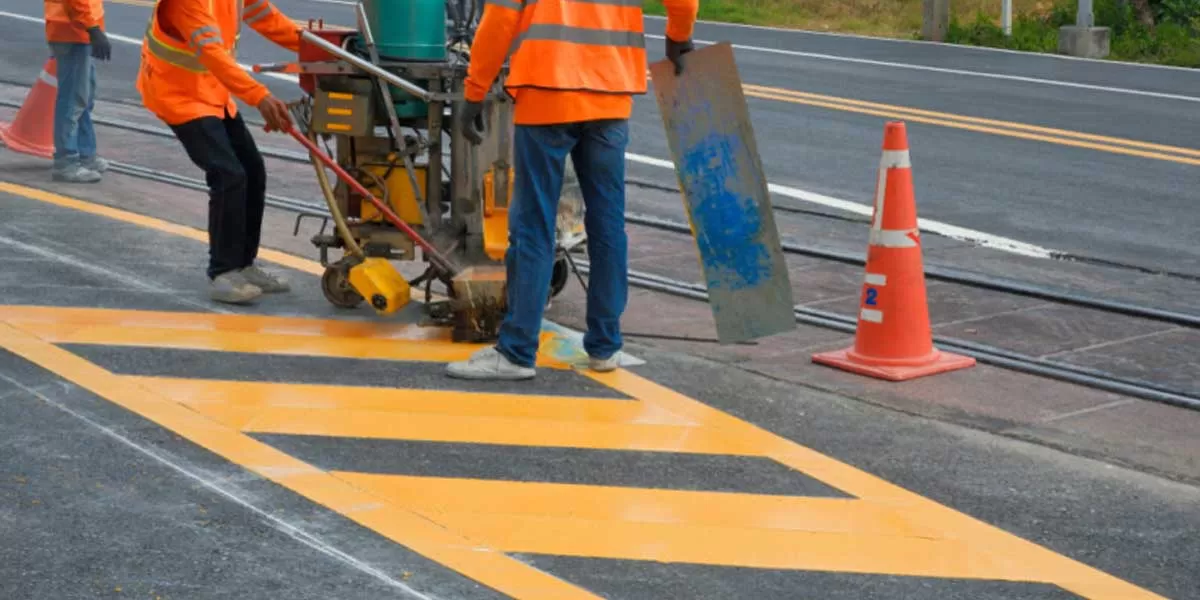On June 2, 2023, nearly 300 persons were killed in a tragic rail crash in Balasore and left around 1,100 others injured. The deadliest train tragedy in two decades shook the nation and prompted railways to initiate several actions to prevent any such mishap. Compare this with 474 persons killed daily on Indian roads and left at least 1,268 injured in 2023. Though this was more than the deadliest train accident, but rarely gets national attention.
Experts say while rail or plane crashes catch huge attention, the toll of road crashes don’t get enough importance as these are reported from different parts of the country. “One train or plane accident triggers overhaul of the system, but several fatal road crashes everyday hardly make any difference. We have never heard when any state police chief has sought an explanation for the high number of road deaths. This is same with road owning agencies,” a former top cop from Delhi told.
Officials admit that while top government functionaries swing to action and seek updates on the progress of investigation in case of murders and other crimes, hardly such attention is paid to detailed investigation in fatal road crashes. Unpublished data shared by state governments with the Centre show that only six large states – Uttar Pradesh, Tamil Nadu, Maharashtra, Karnataka, Madhya Pradesh and Rajasthan -- accounted for nearly 55% of the 1.73 lakh road deaths in the country last year.
The six states registered 95,246 road deaths in 2023 compared to 91,936 in the preceding year, data shows. The trend of fatalities and injuries over the years shows how the problem is getting bigger, despite India's global commitment to reduce these fatalities by 50% in the next six years.
Data show that at least 21 states and Union Territories, including Uttar Pradesh, Maharashtra, Madhya Pradesh, Gujarat, Rajasthan, Tamil Nadu, West Bengal, Punjab, Assam and Telangana recorded increase in road deaths compared to 2022 while there was marginal decline in fatalities in states such as Andhra Pradesh, Bihar, Delhi, Kerala and Chandigarh.
Approximately 44% of the people killed (nearly 76,000) last year were two-wheeler riders, a trend which has continued for the past few years. Around 70% of the two-wheeler riders killed last year were not wearing helmets. This has been the trend for the past few years.
Road safety experts said both central and state government s must take proactive steps to reduce deaths of two-wheeler riders considering this being the most popular and affordable mode of personal transport both in urban and rural areas. “Only helmets and anti-lock braking systems (ABS) are the two features that protect motorcyclists from risks of death or injuries in case of a crash. We need to have a mandatory norm for building separate lanes for two-wheelers for highways passing through urban areas,” said Navdeep Asija, traffic and safety adviser to the Punjab government.
Road safety expert Rohit Baluja also said that separate lanes for two-wheelers along highways in Malaysia has brought down crashes and fatalities. “What we need to focus more on is fixing the responsibility of all agencies concerned. Traffic engineering as a science is missing in our system and traffic management is not defined. Hence there is no accountability. Government entities must come out of the mode of depending on consultancy. They must go for capacity building within the system to address this big problem," he added.


